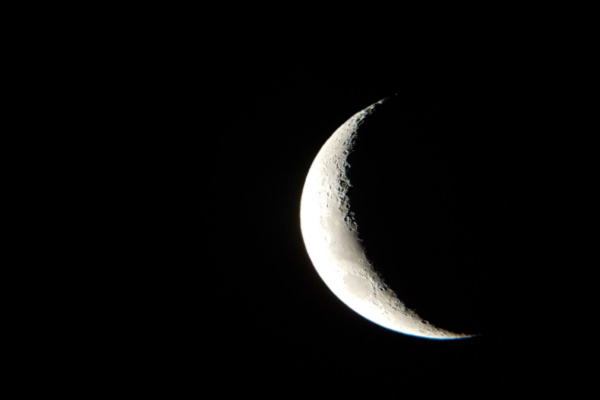Prepare for liftoff, armchair astronauts: 2023 promises to be an enchanting year for sky-gazing enthusiasts, with fiery eclipses, annual equinox celebrations and blazing meteor showers happening almost every month.
With a Last Quarter Moon kicking things off and it ending with a New Moon the skies will be dark and moonless this week, allowing for some excellent stargazing if skies are clear. It’s the perfect week to open your eyes to the winter skies and get to know its bright stars and constellations—something you can do from anywhere on the planet.
One of the first lunar events of 2023 is the Super New Moon on January 21. A Super New Moon occurs when the Moon is at its closest orbital approach to the Earth, resulting in this rare event. On this day our satellite is directly between the sun and the Earth. It’s invisible because it’s both lost in the sun’s glare and because its illuminated side is facing away from us. This New Moon marks the start of a new lunar cycle.
For stargazers, it comes with a bonus because it leaves the nights either dark, making them an ideal time to observe stars, constellations and faint deep-sky objects such as galaxies and nebulae—but also faint stars and constellations.
January 22 will be a busy night for stargazers, as Venus and Saturn will be the first planets to greet each other this New Year, the latter becoming ever-brighter as it continues to climb into the post-sunset sky as a brilliant “Evening Star.”
Go outside as soon as the Sun sets and look west to get sight of one of the brightest planets passing very close to one of the best-looking. Venus, shining at magnitude -3.9, will pass 0°21’ to the south of Saturn, much dimmer at just magnitude 0.7. If you use a small telescope or a pair of binoculars then you’ll see them both together in the same field of view.
—
Photo Credit: stockphotofan1 / Shutterstock.com
